The family of baby Đ.MA said: 2 days before the baby was admitted to the hospital, the family accidentally discovered that the baby's left groin was much larger than the right side, and when touched, it felt hard and painful. The baby was crying a lot, so they took the baby to the hospital for examination. At the hospital, the doctors examined and diagnosed a strangulated inguinal hernia, and quickly performed emergency surgery.
Inguinal hernia in children is a condition in which the intestines or abdominal organs prolapse into the groin or scrotum of the child. The disease can have dangerous complications such as strangulation, ischemia and necrosis of organs at the hernia site.
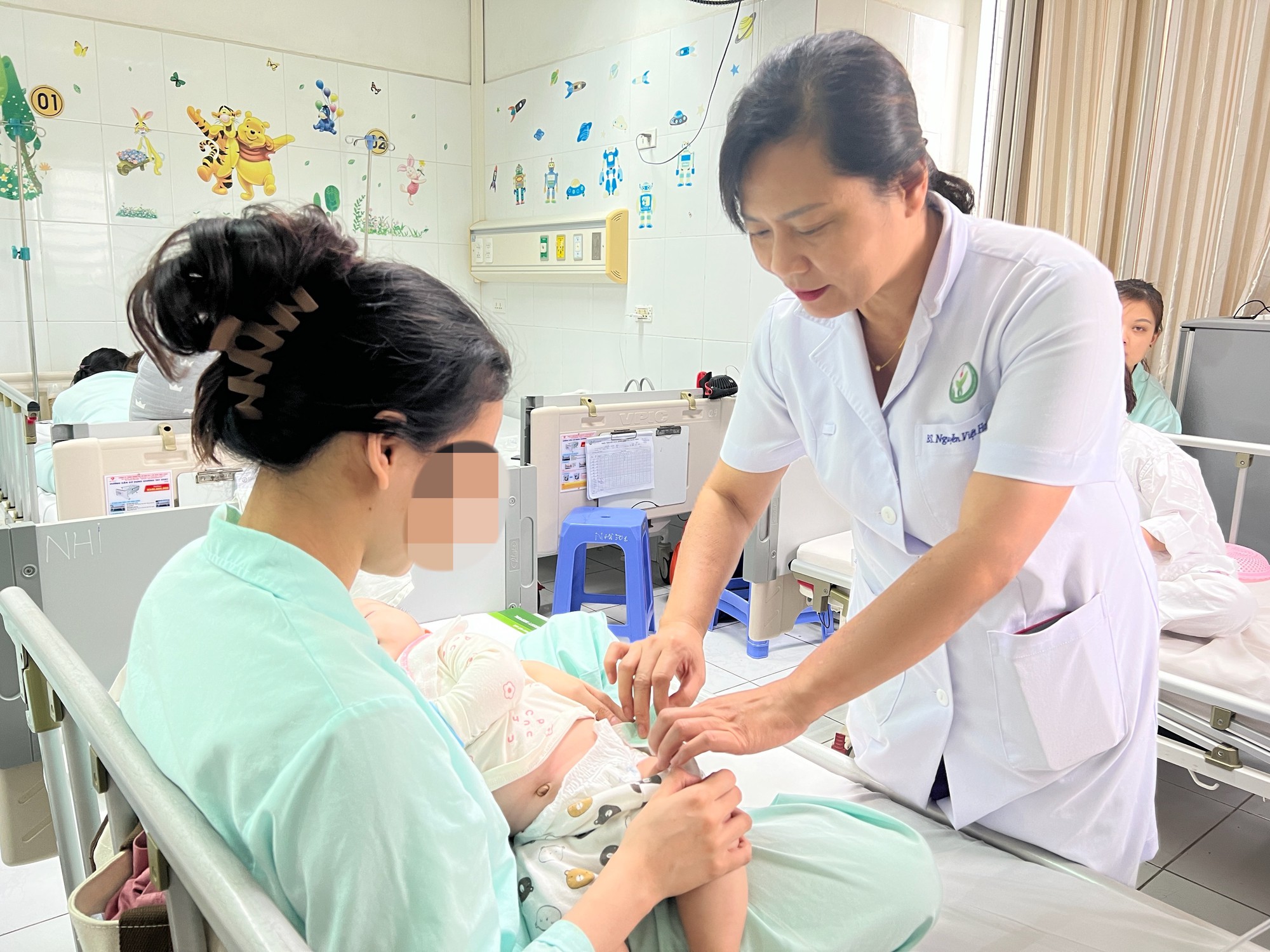
Associate Professor, Dr. Nguyen Viet Hoa checks the health of a child patient after inguinal hernia surgery.
Regarding the condition of strangulated inguinal hernia in children, Associate Professor, Dr. Nguyen Viet Hoa, Head of the Department of Pediatric and Neonatal Surgery - Viet Duc Friendship Hospital, said that inguinal hernia is a very common congenital disease in children, especially boys. In girls, this disease is rarer and often difficult to detect because there are no typical symptoms. Usually, with strangulated inguinal hernia in girls, adults will see one side of the pubic area or labia majora bulging when the child cries or strains; when touched, it may or may not shrink, the child may or may not have pain. In girls, there are usually ovaries in the hernia sac, in boys, there are usually intestines. Inguinal hernias have complications of strangulated hernia; if you go to the hospital late, the organs (intestines or ovaries) in the hernia sac may become strangulated and necrotic, leading to removal.
Associate Professor, Dr. Nguyen Viet Hoa shared that in the case of baby D.MA mentioned above, due to a painful, hard mass in the pubic area, the patient was diagnosed with a late-onset ovarian hernia leading to ovarian necrosis, so one ovary had to be removed. This is not the first case of ovarian removal or intestinal resection due to strangulated inguinal hernia. In fact, the Department of Pediatric and Neonatal Surgery still encounters several cases of late-onset inguinal hernia every year, so the recovery after surgery is slower due to infection and toxicity. Cases like baby D.MA will affect the child's life and reproduction in the future.
Associate Professor, Dr. Nguyen Viet Hoa noted that families should take their children to the hospital early when they notice unusual symptoms in their children; they can have a screening examination to detect the disease early and prevent complications.
An inguinal hernia is caused by a weak spot in the abdominal wall that should have closed before birth. The bulge in the groin may be noticed when the child cries, coughs, or has increased bowel movements (constipation, straining), or it may be present from birth, moving up and down easily. About 90% of inguinal hernias are in boys.
In girls, the ovaries are often strangulated in the hernia sac. If not treated promptly, the ovaries can also become anemic and necrotic, leading to the need to remove one ovary.
In boys, other conditions that may accompany inguinal hernias such as cryptorchidism (undescended testicles), hydrocele, and spermatic cord cysts may also require surgical treatment.
Inguinal hernia in newborns is not uncommon. About 2 out of 100 full-term babies have inguinal hernia or other peritoneal pathology in general. This rate is higher in premature babies. Laparoscopic surgery for inguinal hernia is an effective treatment method.
(Source: National Children's Hospital)
Source link


![[Photo] North-South Expressway construction component project, Bung - Van Ninh section before opening day](https://vstatic.vietnam.vn/vietnam/resource/IMAGE/2025/4/17/ad7c27119f3445cd8dce5907647419d1)
![[Photo] Opening of the 4th Summit of the Partnership for Green Growth and the Global Goals](https://vstatic.vietnam.vn/vietnam/resource/IMAGE/2025/4/16/488550ff07ce4cd9b68a2a9572a6e035)
![[Photo] Many practical activities of the 9th Vietnam-China border defense friendship exchange](https://vstatic.vietnam.vn/vietnam/resource/IMAGE/2025/4/16/3016ed3ef51049219574230056ddb741)

![[Photo] President Luong Cuong receives Ethiopian Prime Minister Abiy Ahmed Ali](https://vstatic.vietnam.vn/vietnam/resource/IMAGE/2025/4/16/504685cac833417284c88a786739119c)



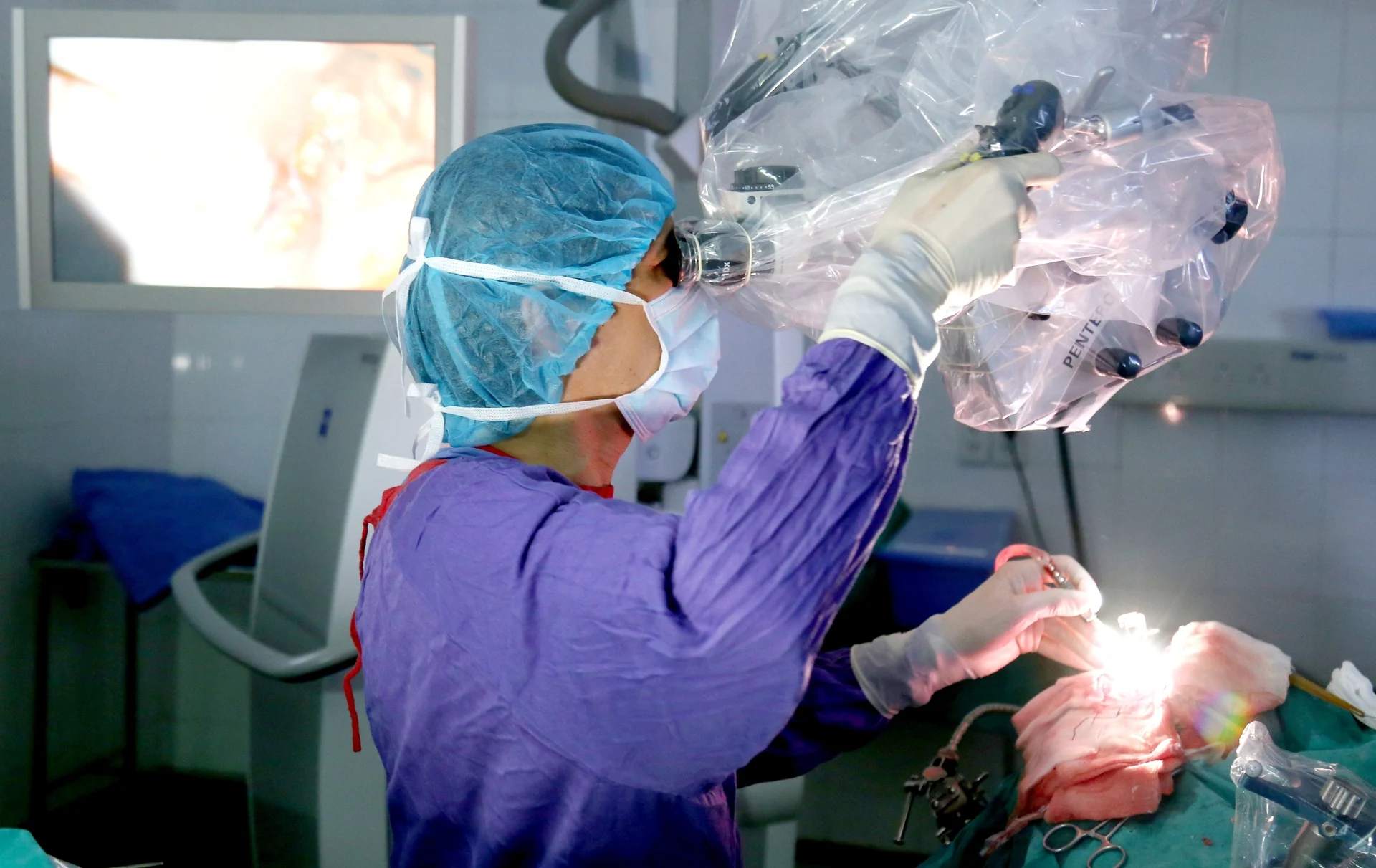

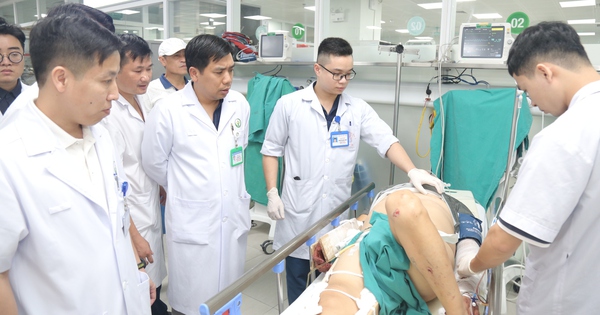

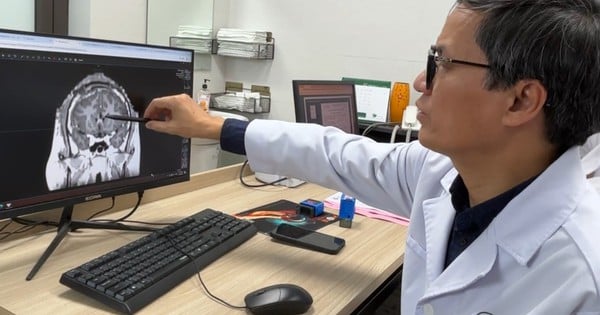
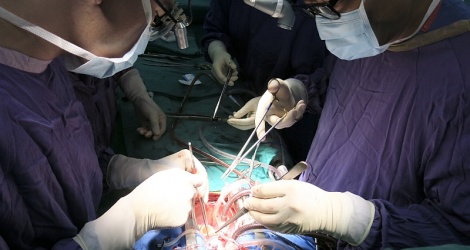



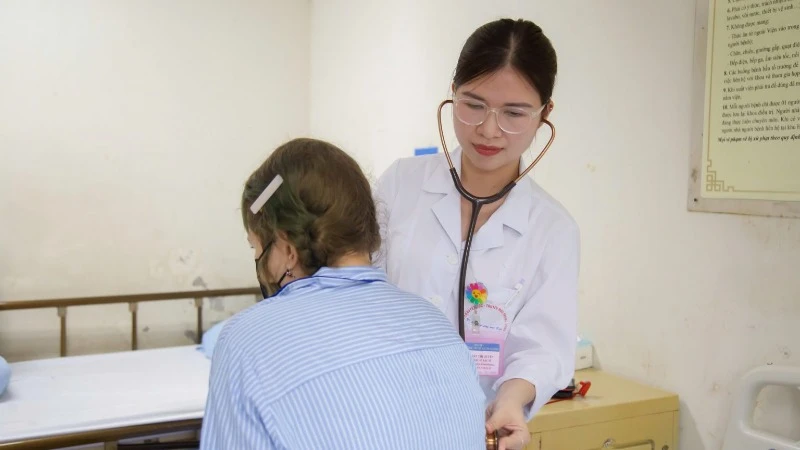



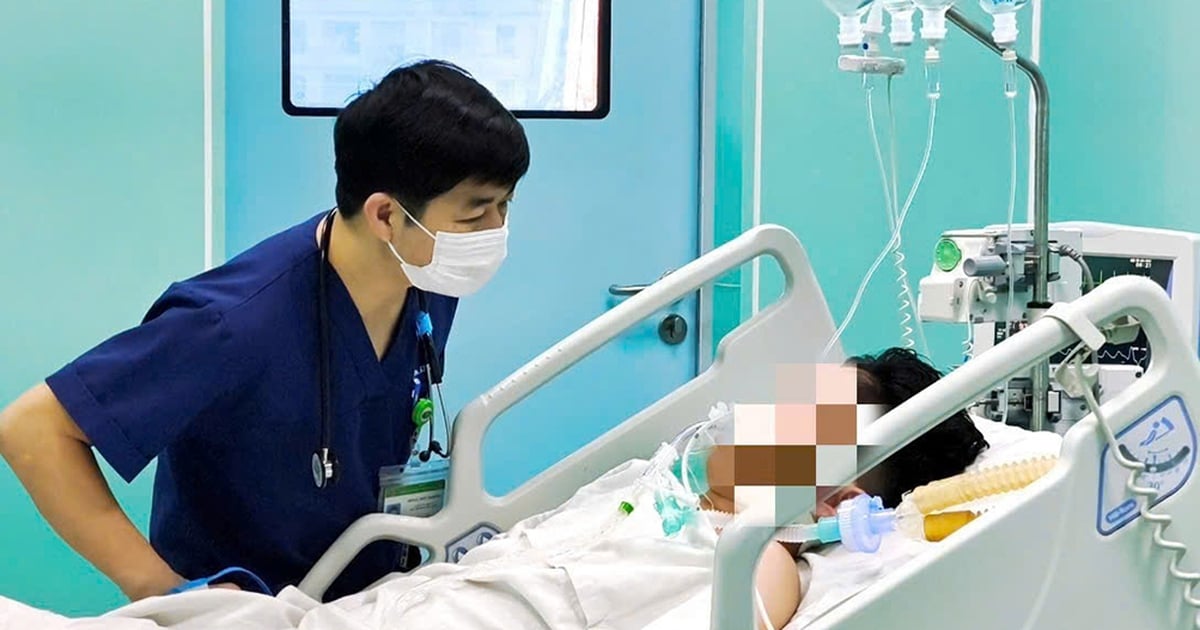











![[Photo] National Assembly Chairman Tran Thanh Man meets with Ethiopian Prime Minister Abiy Ahmed Ali](https://vstatic.vietnam.vn/vietnam/resource/IMAGE/2025/4/16/c196dbc1755d46e4ae7b506c5c15be55)




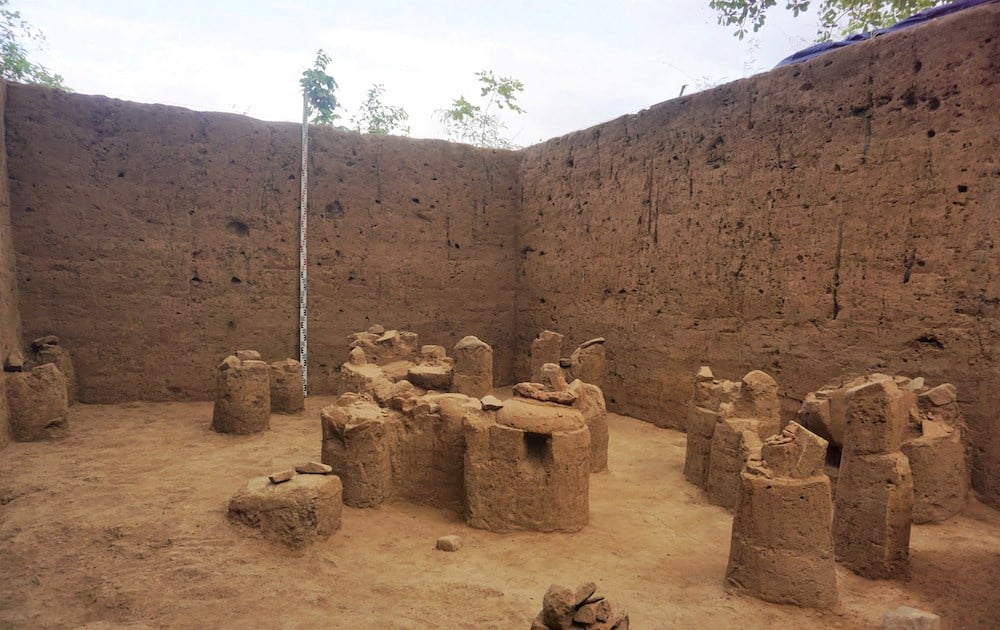



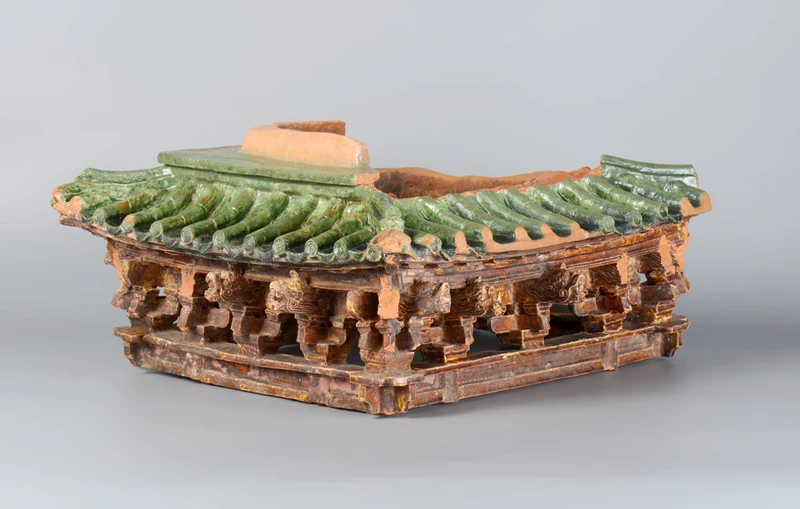



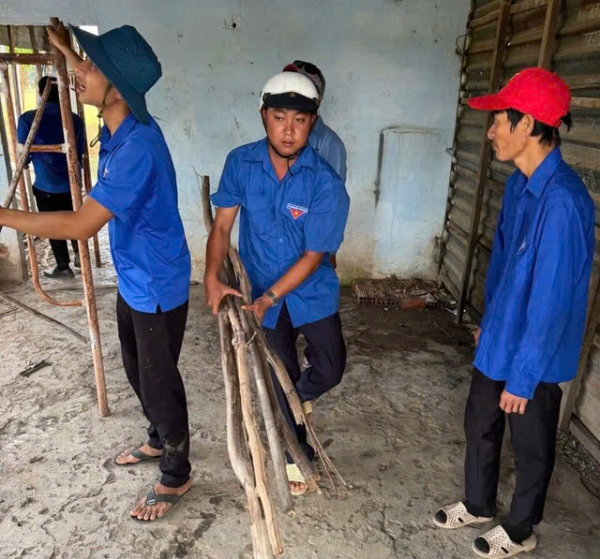





![[Video] Viettel officially puts into operation the largest submarine optical cable line in Vietnam](https://vstatic.vietnam.vn/vietnam/resource/IMAGE/2025/4/17/f19008c6010c4a538cc422cb791ca0a1)















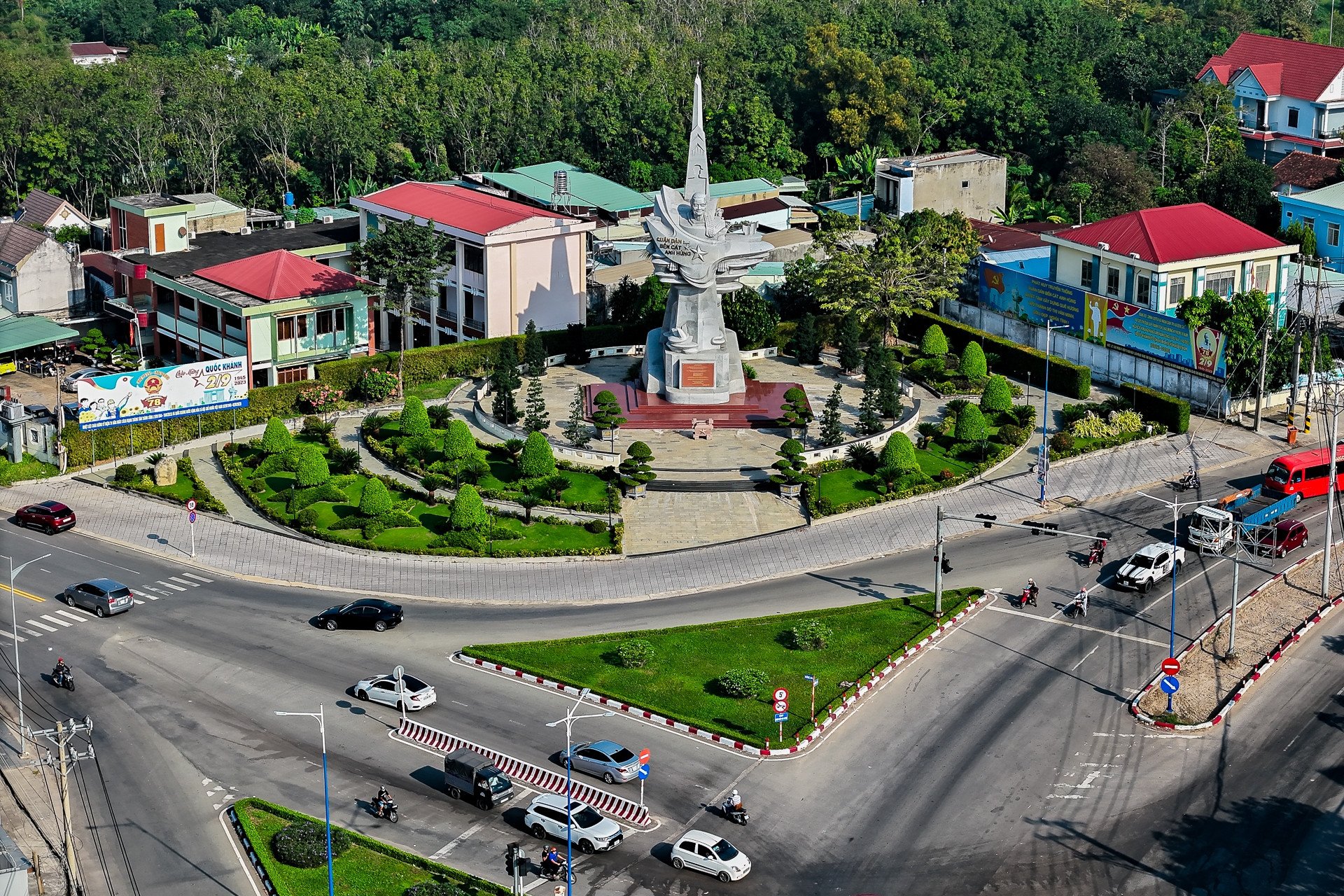













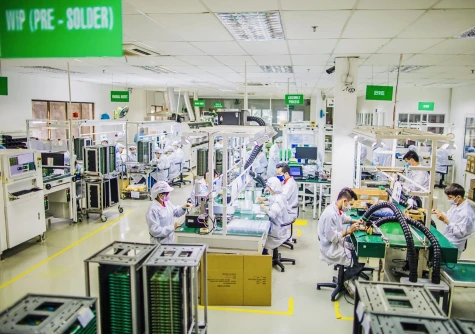

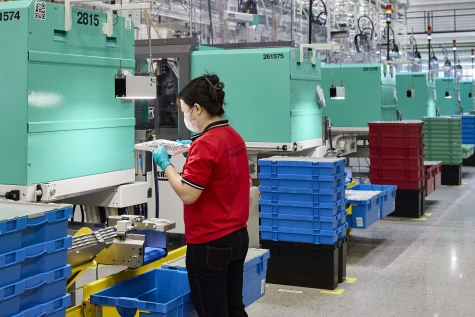








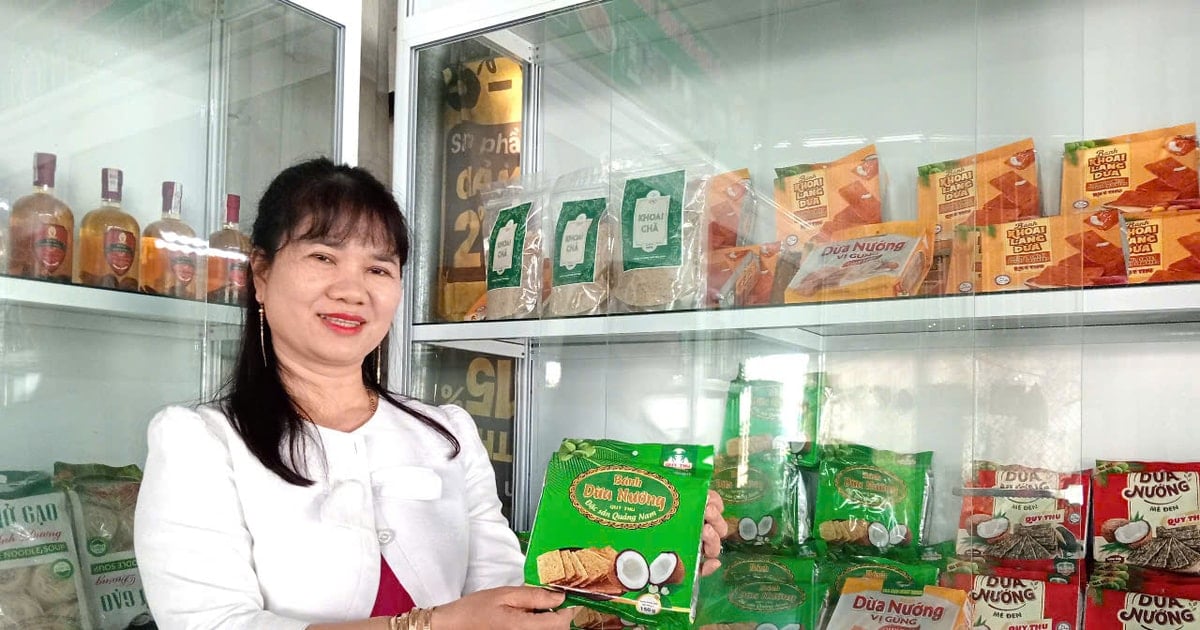





Comment (0)